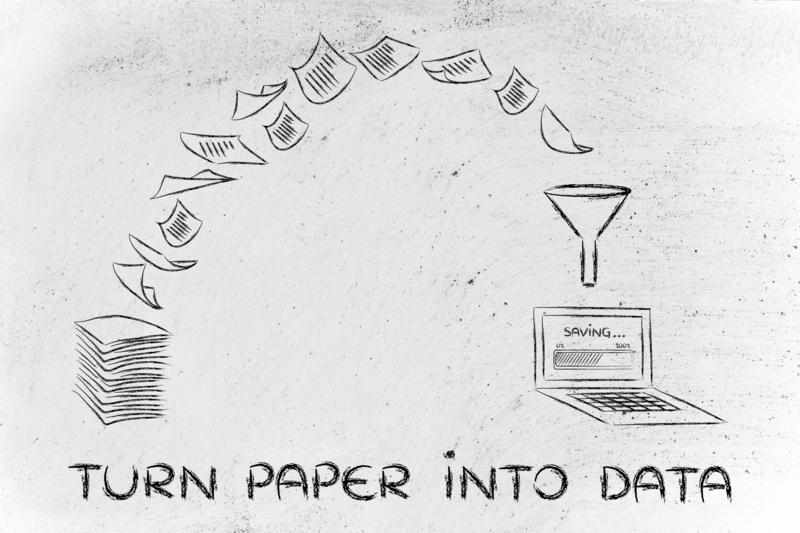Minimalist Movement: Beauty in Less
Posted on 05/02/2025
In the cluttered world we live in, the concept of minimalism introduces a refreshing contrast. While modern minimalism has gained traction recently, its seeds were sown much earlier. The minimalist movement can trace its roots back to the early 20th century, particularly within the realms of art and design. Artists such as Kazimir Malevich and Piet Mondrian began exploring the possibilities of pared-down aesthetics and reduced color palettes. Their works were celebrated for their simplicity, clean lines, and geometric shapes, often leaving viewers in contemplative silence.
Fast forward to the 1960s, minimalism began to take shape as a recognized art movement, challenging the status quo of abstract expressionism. It emphasized deconstructing objects to their essence, utilizing minimal design elements, and advocating for "less is more." This notion resonated with architectural and interior design philosophies, most prominently with figures like Ludwig Mies van der Rohe and his unequivocal declaration, "Less is more."
Minimalism in Art
Minimalist art removes the superfluous and hones in on the essentials. It is characterized by simplicity, geometric forms, and the use of monochromatic palettes. Artists like Donald Judd and Agnes Martin promoted an art form that was devoid of distraction, focusing instead on pure forms and colors. Their works possess an innate beauty that resides in their uncomplicated presentation and profound visual impact.
Minimalist art doesn't overwhelm the viewer; rather, it encourages a meditative state, provoking deeper contemplation. The intersection of space, form, and materiality creates a palpable tension and balance, invoking a sense of harmony. By stripping away the extraneous, minimalist art unveils the elegance of the essential, highlighting the profoundness found in simplicity.

Minimalist Architecture
Minimalist architecture takes the principles of minimalist art and translates them into built environments. Architect Ludwig Mies van der Rohe epitomized this movement with his sleek, unembellished designs that emphasized functionality and simple elegance. His famous quote, "Less is more," encapsulates the essence of minimalist architecture.
Minimalist buildings are characterized by clean lines, open spaces, and the strategic use of natural light. Materials such as concrete, glass, and steel are often employed to achieve a modern, industrial aesthetic. These designs prioritize the relationship between the structure and its surroundings, ensuring a seamless blend with the environment. The absence of excessive ornamentation brings forth a sense of serenity and clarity, allowing inhabitants to appreciate the inherent beauty of the space.
Minimalist Lifestyle
The minimalist movement extends beyond art and architecture into the realm of personal life and lifestyle choices. Advocates of minimalism often seek to declutter their physical and mental spaces, focusing on what truly matters. This lifestyle shift encourages individuals to simplify their possessions, practices, and commitments, emphasizing quality over quantity.
Living minimally promotes mindfulness and intentionality. By reducing material possessions and eliminating unnecessary distractions, individuals can cultivate a clearer sense of purpose and fulfillment. This can lead to improved mental well-being, reduced stress, and enhanced focus on relationships and experiences that bring joy and meaning.
Minimalism in Fashion
The minimalist ethos has also permeated the world of fashion. Minimalist fashion focuses on clean lines, neutral color palettes, and timeless silhouettes. It prioritizes quality over quantity, encouraging the purchase of versatile, well-crafted pieces that can be mixed and matched effortlessly.
Capsule wardrobes, a popular concept among minimalist fashion enthusiasts, consist of a limited number of essential items that can be combined to create a variety of outfits. This approach reduces decision fatigue, promotes sustainable practices by reducing excessive consumption, and fosters a deeper appreciation for each carefully chosen piece of clothing.
Minimalism and Technology
In the digital age, minimalism has found a new frontier in technology. Minimalist design principles are applied to software interfaces, websites, and digital products to enhance user experience. The goal is to create intuitive and visually appealing designs that are easy to navigate and use.
Minimalist technology design focuses on functionality, clarity, and user-centricity. Emphasis is placed on removing unnecessary elements, reducing visual clutter, and improving usability. This approach aligns with the broader minimalist philosophy of simplifying and streamlining, ultimately enhancing the overall digital experience.
The Benefits of Embracing Minimalism
Adopting a minimalist approach can lead to a plethora of benefits across various aspects of life. Some key advantages include:
1. Reduced Stress: Simplifying one's environment and commitments can alleviate stress and anxiety. A clutter-free space promotes a sense of calm and order.
2. Enhanced Focus: By eliminating distractions and non-essential items, individuals can concentrate better on their priorities and goals.
3. Financial Savings: Minimalism encourages mindful spending and discourages excessive consumption. This can lead to significant financial savings and a more sustainable lifestyle.
4. Environmental Impact: A minimalist lifestyle aligns with sustainable practices, promoting mindful consumption and reducing waste. This contributes to a smaller ecological footprint.
5. Improved Relationships: Focusing on meaningful experiences and connections rather than material possessions can foster deeper and more fulfilling relationships.
6. Personal Growth: Minimalism encourages introspection and self-awareness, leading to personal growth and a clearer understanding of one's values and purpose.

Challenges and Criticisms
While minimalism offers numerous benefits, it is not without its challenges and criticisms. Some common concerns include:
1. Exclusivity: Critics argue that minimalism can be perceived as a privilege, accessible only to those who can afford to reduce their possessions and simplify their lives. It may not be practical for everyone, particularly those with limited resources or responsibilities that require a different approach.
2. Rigidity: Some individuals may find the strict adherence to minimalist principles restrictive and confining. The pursuit of minimalism can become an obsession in itself, leading to feelings of guilt or inadequacy when unable to meet its standards.
3. Loss of Sentimental Value: Minimalism often involves letting go of possessions that may hold sentimental value. This can be emotionally challenging for individuals who find comfort and meaning in their belongings.
4. Adapting to External Influences: The world around us is not inherently minimalist. Adapting to external influences, societal pressures, and consumer culture can pose significant challenges for those striving to maintain a minimalist lifestyle.
Conclusion: The Timeless Appeal of Minimalism
The minimalist movement continues to resonate with individuals seeking simplicity, clarity, and a deeper connection to their surroundings. From its origins in art and architecture to its influence on lifestyle, fashion, and technology, minimalism offers a timeless approach to finding beauty in less.
By embracing minimalism, individuals can cultivate a sense of mindfulness, intentionality, and purpose. It provides a path to declutter not only physical spaces but also mental and emotional realms. While it may not be a one-size-fits-all solution, the principles of minimalism hold valuable insights for anyone looking to create a more meaningful and fulfilling life.
In a world often characterized by excess and distraction, the minimalist movement reminds us of the power of simplicity. It invites us to strip away the unnecessary and discover the elegance and beauty that lie within the essential.





